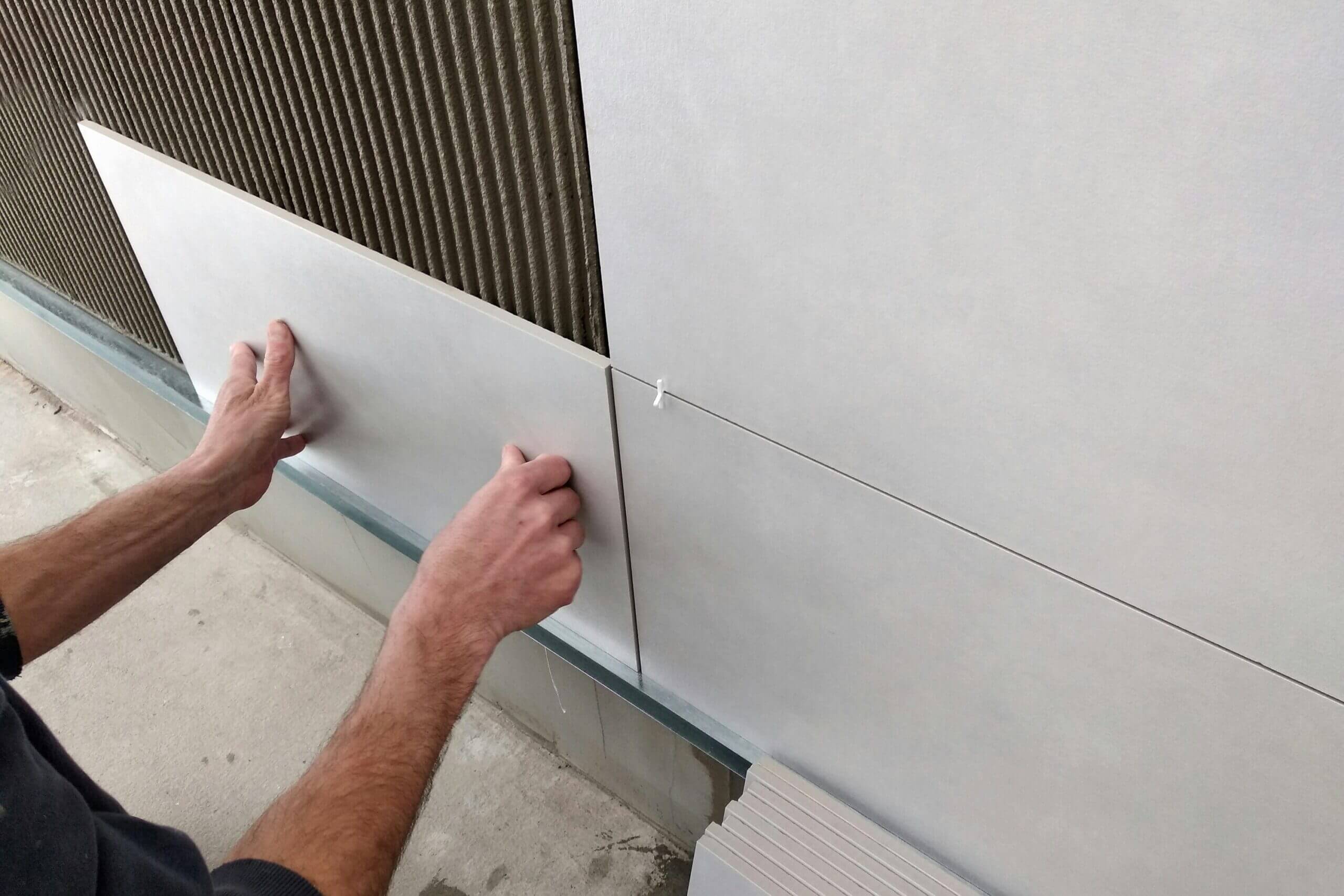Let’s talk newpro siding. It’s more than just the exterior skin of your house; it’s a crucial element that contributes to curb appeal, energy efficiency, and overall protection from the elements. Choosing the right siding can dramatically transform your home’s appearance and add value for years to come. With so many options available, navigating the world of siding can feel overwhelming. This guide will walk you through the key considerations to help you make an informed decision.
Understanding Your Needs
Before diving into specific siding materials, it’s essential to understand your individual needs and priorities. Consider your budget, the climate you live in, the style of your home, and the level of maintenance you’re willing to undertake. Are you looking for a low-maintenance option that will last for decades? Or are you more focused on achieving a specific aesthetic, even if it requires more upkeep? Answering these questions will help you narrow down your choices and focus on the siding options that best suit your needs.
Vinyl Siding: A Popular Choice
Vinyl siding remains a popular choice for homeowners due to its affordability, durability, and low maintenance requirements. It’s available in a wide range of colors and styles, mimicking the look of wood grain and other materials. Vinyl siding is resistant to rot, insects, and moisture damage, making it a good option for various climates. However, it can be susceptible to damage from extreme weather conditions and may fade over time.
Fiber Cement Siding: Durability and Versatility
Fiber cement siding is a durable and versatile option that offers excellent resistance to fire, insects, and rot. It’s made from a mixture of cement, sand, and cellulose fibers, and it can be manufactured to resemble wood, stucco, or other materials. Fiber cement siding is known for its longevity and low maintenance requirements, making it a popular choice for homeowners seeking a long-lasting solution. While it’s more expensive than vinyl siding, its durability and aesthetic appeal often justify the higher cost.
Wood Siding: Classic and Natural
Wood siding offers a classic and natural look that many homeowners find appealing. It’s available in various wood species, each with its own unique characteristics and aesthetic qualities. Wood siding can be stained or painted to achieve different looks, and it can add warmth and character to any home. However, wood siding requires regular maintenance to prevent rot, insect damage, and weathering. It’s also more susceptible to fire damage than other siding materials.
Metal Siding: Modern and Sleek
Metal siding, such as aluminum or steel, offers a modern and sleek look that’s becoming increasingly popular. It’s highly durable, resistant to fire, insects, and rot, and requires minimal maintenance. Metal siding is also energy efficient, reflecting sunlight and helping to keep your home cooler in the summer. While it can be more expensive than vinyl siding, its longevity and low maintenance requirements make it a worthwhile investment for many homeowners.
Engineered Wood Siding: A Smart Alternative
Engineered wood siding, also known as composite wood siding, is a manufactured product made from wood fibers and other materials. It offers a similar look to natural wood siding but with improved durability and resistance to moisture, rot, and insects. Engineered wood siding is typically less expensive than natural wood siding and requires less maintenance. It’s a good option for homeowners who want the look of wood without the associated upkeep.
Choosing the Right Color and Style
The color and style of your siding play a significant role in your home’s curb appeal. Consider the architectural style of your home and choose a siding color and style that complements it. You can also use siding to highlight architectural features, such as gables and dormers. Don’t be afraid to experiment with different colors and styles to create a unique look that reflects your personal taste.
Installation: Professional vs. DIY
Proper installation is crucial for the performance and longevity of your siding. While some homeowners may choose to install siding themselves, it’s often best to hire a professional contractor. Experienced installers have the knowledge and skills to ensure that the siding is installed correctly, preventing issues like moisture damage and improper sealing. Investing in professional installation can save you time, money, and headaches in the long run.
Maintenance and Care
Regardless of the type of newpro siding you choose, regular maintenance is essential to keep it looking its best and prolong its lifespan. This may involve cleaning the siding periodically to remove dirt and debris, inspecting it for damage, and repairing or replacing any damaged sections. Following the manufacturer’s recommendations for maintenance and care will help you keep your siding in good condition for years to come.
Considering Energy Efficiency
Siding can play a role in your home’s energy efficiency. Some siding materials, such as metal and vinyl, reflect sunlight, helping to keep your
